Guide: Grow Lights for Indoor Plants
Do you have limited outdoor space, or you are in winter but craving for fresh summer greens? You can consider indoor gardening. It doesn't require much space. Growing plants using indoor gardening can help cleanse the air, providing you with a peaceful atmosphere. On the other hand, vegetables from this type of gardening provide your family with healthy organic foods.
With indoor gardening, you are in control of the factors that influence the growth of your plants. One of the factors you control using indoor gardening is the lighting you provide to your plants. For indoor growing, grow lights are a substitute for natural sunlight, and you must know how they work. In this post, I've compiled handy information about grow lights and on how to use grow lights for indoor plants.
This post contains affiliate links. Whenever you buy something through one of these, we get a small commission without any extra cost to you. Thank you !
Types of Grow Lights
There are different types of grow lights. When choosing the right one, put in mind the variety of plants, your garden's size, and your budget.
(i) Fluorescent lights
Fluorescent bulbs have low light intensity. It is advisable to use these in combination with warmer lights. This is because they are powerful enough to provide energy to some plants when placed a few inches above. Alternatively, you can look for full-spectrum bulbs, the ones in blue wavelengths.
Fluorescents are suitable for herbs, vegetables, and seedlings. Because of their low strength, fluorescents are a more energy-efficient option. However, they tend to be expensive, so you might not consider them a choice if you have a tight budget.
(ii) Incandescent lights
If you are looking for affordable light, this is the option to consider. They are also the least energy-efficient. However, you cannot put them too close to your plants. They give off some heat that can burn out your plants. These lights also burn out quickly, so you wouldn't want to leave them overnight or for long hours. According to experts, this high heat output and low efficiency make them the least recommended choice for grow light options.
(iii) LED Lights
In full, these are called light-emitting diodes. They have the advantages of lasting longer and extremely highly efficient. They also produce low heat; hence they are usable in small spaces. LED lights offer various light spectrums, so you need to buy those that give both red and blue wavelengths. Those wavelengths are idyllic for the growth of your plants.
LED lights are most preferred for their light intensity capabilities, yet the name light-emitting diodes. Most experts consider them a user-friendly way for an indoor garden. That means you don't have to worry about complexity when using them. However, if you have a tight budget, LED lights might not be your option because they are more expensive.
(iv) HID Lights
High-intensity discharge lamps are electrical gas-discharge bulbs. There are many types of these, but metal halide (MH) and high-pressure sodium (HPS) are the main ones. The former emit more blue light hence suitable for greenery and plant growth. The latter produces red light appropriate for fruiting and flowering plants. To provide both spectrums for your plants, you can use dual arc light, which combines both MH and HPS in one bulb.
Things to Consider for a Suitable Grow Light
Light Intensity: After knowing the types of grow lights available, it is more precise on what to look for when choosing. Low light intensity bulbs like incandescent and fluorescent lights are suitable for low light gardens. You use these lights with a small number of plants at a close range. High-intensity bulbs such as HIDs and LEDs are perfect when you have a large garden and sun-loving plants.
Colour Light: Photosynthesis is vital for plant growth. So, it is ideal for you to check the provided color spectrum when purchasing a light. Red light, whose spectrum range is 610 – 720, is best suited for budding and flowering. Violet-blue light with a range of 400 – 520 nanometres encourages chlorophyll absorption, photosynthesis, and growth. Lights that give full spectrum are the perfect choice for your indoor garden. Using LED grow lights ensures you get to both types of the color spectrum.
Your budget: Fluorescent and incandescent lights are considerably cheap. If you are on a tight budget, you might consider either of these two. The LED light can be expensive for you if you do not have enough money.
Size of Your Indoor Space: If you have a small space, you might consider a bulb with low heat output like fluorescent lights. These won't burn your plants when you put them closer to your plants. Larger spaces require bulbs that emit more heat, like incandescent light bulbs.
How to Setup Grow Lights
The size of your indoor space and the bulb type determines how you will set up your grow lights. First, figure out how many lights you would require. For eatable plants, you would need 30 watts per square foot. Fruiting plants like tomatoes require 40 – 50 watts per square foot. Check on the bulb for the number of watts. Multiply your indoor space area with the watts you want to provide between 30 and 50 watts. Divide the total by the number of watts written on the bulb you intend to use. The result would be the number of bulbs you need for your plants.
After purchasing the number of lights you need for your indoor garden, you should find a way to support them. You can use a light rack to position them directly above your plants. If you are using incandescent lights, put them at least 24 inches above your plants. Like I mentioned earlier, fluorescent and LED lights produce lower heat. So if you can place these 12 and 6 inches above, respectively, put it in mind that you would need to raise the rack to adjust for your plants' growth. A pulley system is ideal for these adjustments.
Averagely, short-day plants such as azaleas and kalanchoe require at most 12 hours of light daily. Long day ones need 14 -18 hours. Most vegetable and flower seedlings are long-day plants. 8 – 12 hours of light is appropriate for day-neutral plants. Example of day-neutral plants is foliage plants and African violets. Watching how many hours of light your plants are getting can be a difficult task. Hence, it is wise to use a timer on your lights to ensure adequate lighting for your plants. You can also ventilate your garden area to prevent overheating if your lights produce temperatures above 80 degrees. Avoid leaving your lights on all day and night. The darkness of at least six hours is good for the health of your plants.
The Mystery behind Grow Lights
Plants are different from animals. They get their food by converting light to feed. This process is called photosynthesis. That is why plants grown under dark conditions are not healthy. For an outdoor garden, natural sunlight provides the nourishment needed by plants. Grow lights give the required spectrum of lights to your plants for their food production. It would be like they are receiving direct sunlight. Different plants grow best under specific different light wavelengths. As an indoor farmer, you need to be cautious when setting up your grow lights. The above information is useful to you.
Other Advantages of Growing Indoor Plants
Easy to Care For
Indoor plants are easier to care for than outdoor plants. If you are a senior citizen, an indoor garden would be an exciting option for farming. There is less work than outdoor farming. Outside the garden needs weeding and a lot of watering. For the elderly, those tasks can be too demanding. Conditions surrounding houseplants are easier to keep watch of, and you can react quickly if anything goes wrong.
Lower surrounding noise
If you live in a noisy neighborhood, you may want to have an indoor garden. Research has shown that indoor plants reduce background noise inside your building. They diffract the surrounding noise in so doing, making your environment more comfortable for you.
Mental health improvements
Indoor gardening can make far-reaching improvements to your mental health. How so? Imagine giving yourself some purposeful responsibility to take care of something. You have that feeling of importance in making sure that those indoor plants do not die. That way, you are connected to nature in the comfort of your home. You don't have to go outside. This responsibility reduces your levels of depression and anxiety. It also improves overall fitness by reducing stress and high blood pressure.
Doable by everyone
If you are physically impaired, having an outdoor garden can be difficult for you. Luckily, growing your plants indoors would make it easier for you to have your garden. The complexity of having to visit the store for some vegetables is reduced by having an indoor garden. You can quickly grow as many healthy vegetables as you want while in your apartment.
In Short
Nothing should stop you from growing your plants. With the advantages indoor gardening possesses, you can be sure to grow your indoor plants. By following the tips above on using grow lights for indoor plants, you are assured of healthy plants. You can check out collection of grow lights here. If you don't have an idea of what seeds to grow indoors, you can find plenty of seeds and the guide here.
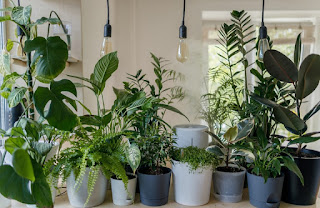

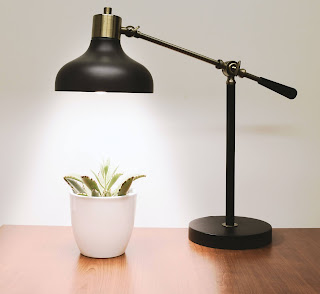

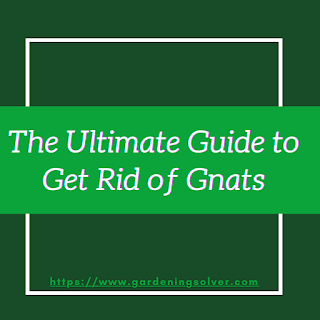
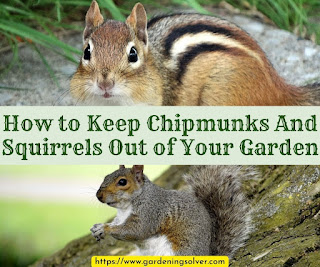
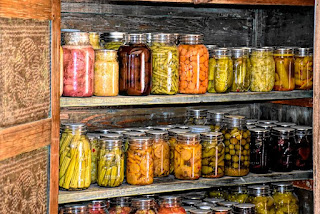
Comments
Post a Comment
Have something to say? Feel free to leave a comment.